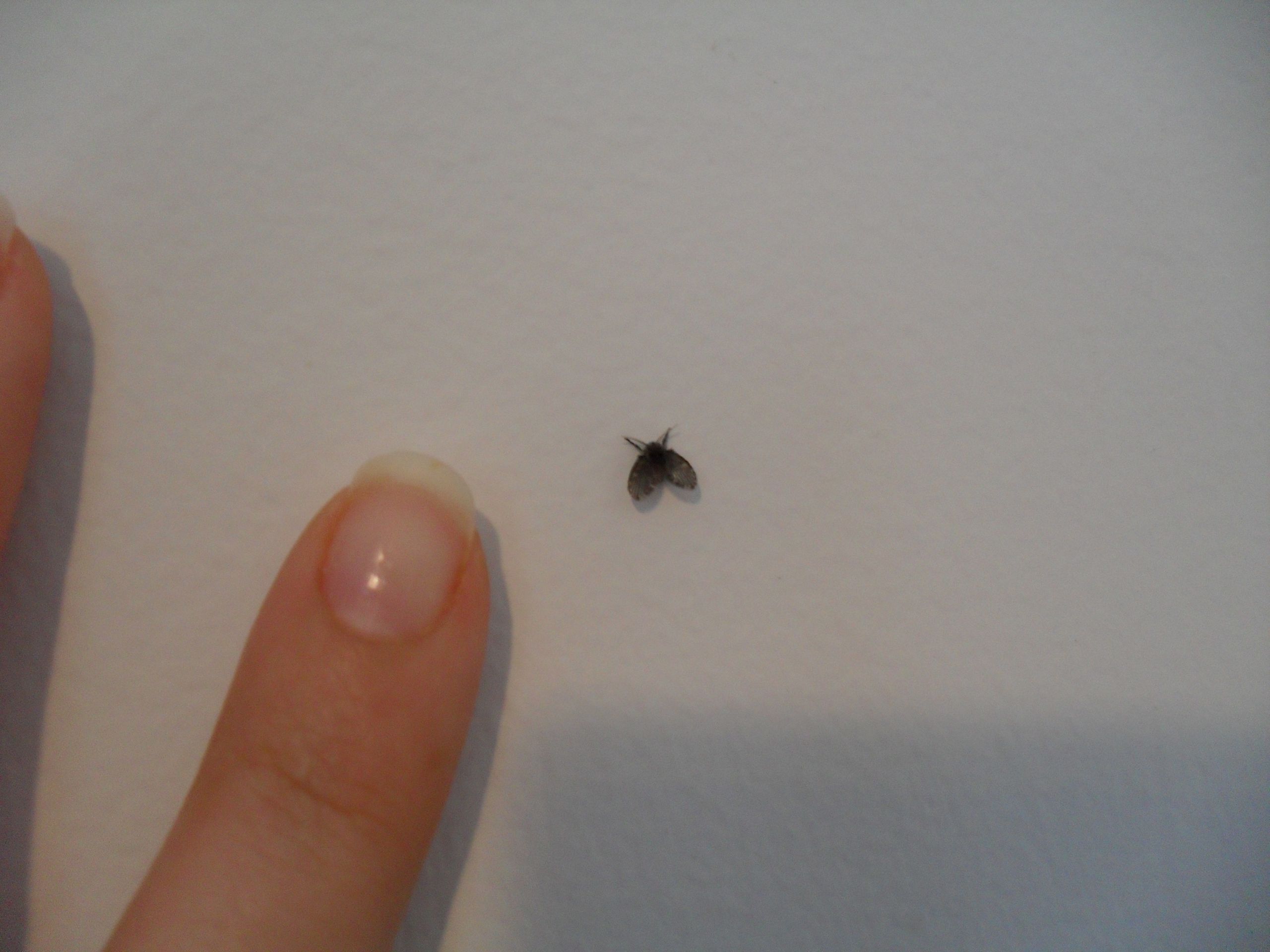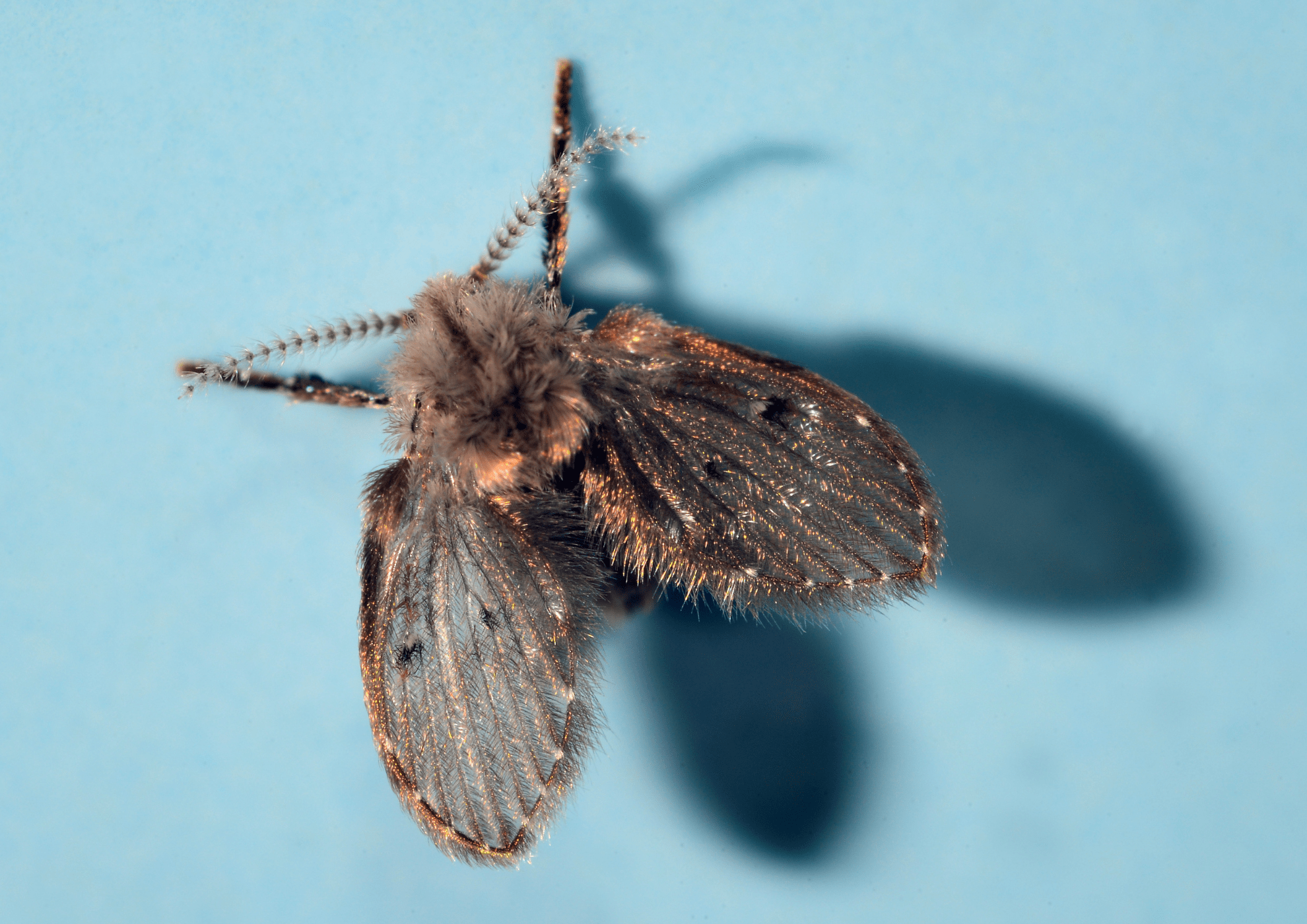Identifying the Tiny Brown Flies: Tiny Brown Flies In Bathroom

You’ve noticed them buzzing around your bathroom, seemingly drawn to the moisture and warmth. These tiny brown flies, often mistaken for fruit flies, are a common nuisance in homes, but they are not always what they seem. Let’s delve into the world of these tiny invaders and uncover their true identity.
Physical Characteristics
The tiny brown flies that frequent bathrooms are often misidentified as fruit flies. However, they belong to a different family entirely, known as drain flies. These flies are significantly smaller than fruit flies, measuring only about 1/16 to 1/8 of an inch in length. They are characterized by their fuzzy, brown bodies, which appear dark brown or black under magnification. Their wings are short and stubby, giving them a rounded appearance. They have long, segmented legs that are covered in fine hairs.
Behavior and Habits
Drain flies are attracted to moist, decaying organic matter, which is why they are commonly found in bathrooms. They are weak fliers and typically hover near drains, sinks, and other areas with standing water. They are also attracted to light, often congregating around bathroom windows. Their flight patterns are short and erratic, as they move quickly from one spot to another. They are primarily active at night, but can be seen during the day, especially in dimly lit areas.
Life Cycle, Tiny brown flies in bathroom
Drain flies undergo a complete metamorphosis, meaning they have four distinct life stages: egg, larva, pupa, and adult. The female fly lays her eggs in moist, organic matter, such as slime, hair, and decaying food particles. These eggs hatch into larvae, which are worm-like creatures that feed on the organic matter in which they live. The larvae then pupate, forming a hardened shell that protects them while they undergo metamorphosis. Finally, the adult flies emerge from the pupae, ready to mate and lay eggs, continuing the cycle.
Common Causes of Tiny Brown Flies in Bathrooms
These tiny, persistent pests are often a source of frustration and concern for homeowners. While their presence can be unsettling, understanding the reasons behind their appearance is crucial for effective control. Tiny brown flies, also known as drain flies or moth flies, are attracted to specific conditions found in bathrooms, making them a common sight in these spaces.
Moisture and Humidity
Bathrooms are inherently humid environments, providing an ideal breeding ground for tiny brown flies. The constant presence of moisture, especially around drains, sinks, and showers, creates a favorable environment for these flies to thrive. Moisture promotes the growth of mold, mildew, and bacteria, which serve as a food source for the flies. Furthermore, humidity provides an ideal environment for eggs to hatch and larvae to develop.
Food Sources
Tiny brown flies are opportunistic feeders, readily attracted to various food sources commonly found in bathrooms.
Dirty Drains
Drains are a major source of food for these flies. Organic matter, such as hair, soap scum, and food particles, accumulate in drains over time, creating a breeding ground for bacteria and fungi. These microorganisms provide a rich food source for tiny brown flies.
Overflowing Garbage Cans
Overflowing garbage cans in bathrooms are a prime target for tiny brown flies. The decaying food waste and organic matter attract the flies, providing a readily available food source.
Neglected Food Scraps
Leaving food scraps unattended in bathrooms can attract tiny brown flies. Even small remnants of food, such as spilled toothpaste or forgotten snacks, can serve as a source of sustenance for these flies.
Poor Ventilation
Adequate ventilation is crucial for preventing the growth of moisture and mold, which attract tiny brown flies. Poor ventilation allows humidity to build up, creating a favorable environment for these pests.
Lack of Cleanliness
A lack of cleanliness in bathrooms can contribute to the presence of tiny brown flies. Uncleaned surfaces, such as countertops, floors, and shower stalls, can harbor organic matter that attracts these flies. Regular cleaning and sanitation are essential for preventing the accumulation of food sources for tiny brown flies.
Effective Solutions for Eliminating Tiny Brown Flies

The sight of these pesky insects buzzing around your bathroom can be unsettling, but don’t despair! There are effective ways to banish these flies and prevent their return. This guide will equip you with the knowledge and strategies to reclaim your bathroom from these tiny invaders.
Eliminating Tiny Brown Flies
The first step is to eliminate the existing fly population. This can be achieved through a combination of methods, including:
- Vacuuming: Thoroughly vacuum your bathroom, paying particular attention to areas where flies might congregate, such as corners, under furniture, and around drains. This removes adult flies and their eggs.
- Fly Traps: Fly traps can be effective in catching and killing flies. There are various types available, including sticky traps, electric traps, and fruit fly traps. Choose a trap appropriate for your bathroom size and the type of flies you are targeting.
- Natural Repellents: Certain natural substances are known to repel flies. For example, you can place bowls of vinegar or apple cider vinegar mixed with a few drops of dish soap around your bathroom. The flies will be attracted to the smell but will drown in the liquid. You can also use essential oils like peppermint or lavender. Place a few drops of oil on cotton balls and place them in areas where flies congregate.
Cleaning and Sanitizing Your Bathroom
A thorough cleaning and sanitizing of your bathroom is crucial in eliminating tiny brown flies. Focus on areas where moisture and organic matter can accumulate, which attracts flies:
- Drains: Clean your drains regularly with a drain cleaner. You can also pour boiling water down the drain to kill any larvae or eggs that may be present.
- Sinks: Wipe down your sinks daily, paying particular attention to the areas around the drain and the faucet. Use a disinfectant cleaner to kill any bacteria or fungi that may be present.
- Shower Area: Clean your shower stall or bathtub thoroughly after each use. Use a disinfectant cleaner to remove soap scum and mildew, which can attract flies.
- Toilet: Clean your toilet bowl regularly, paying attention to the rim and under the seat. These areas can harbor bacteria and organic matter that attract flies.
Preventive Measures
Once you have eliminated the flies, it is important to take steps to prevent them from returning. Here are some preventive measures:
- Seal Cracks and Gaps: Inspect your bathroom for any cracks or gaps in the walls, floor, or windows. Seal these openings with caulk or weather stripping to prevent flies from entering.
- Keep Food and Garbage Covered: Flies are attracted to food and garbage. Store food in airtight containers and dispose of garbage promptly.
- Keep Your Bathroom Dry: Flies thrive in moist environments. After showering or bathing, wipe down the shower walls and floor to remove excess moisture.
- Ventilation: Proper ventilation is essential in preventing the growth of mold and mildew, which can attract flies. Make sure your bathroom has adequate ventilation, and use a fan during and after showers or baths.
